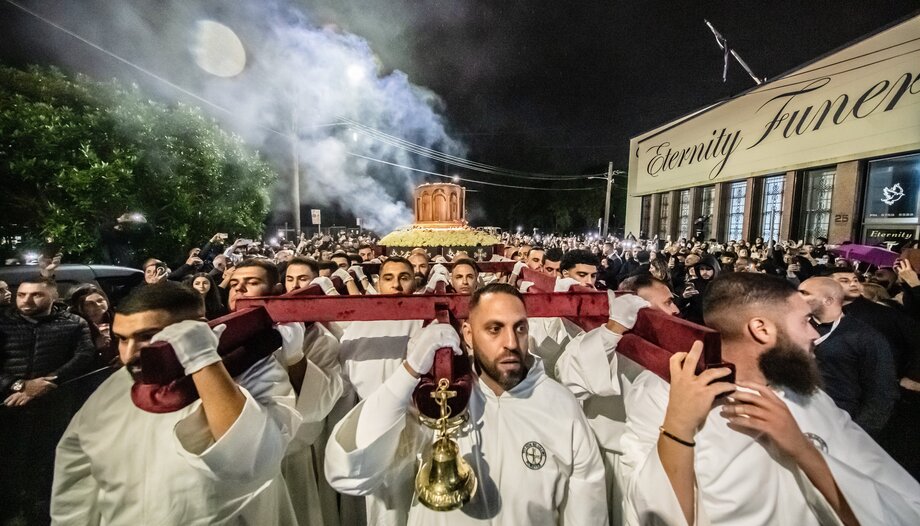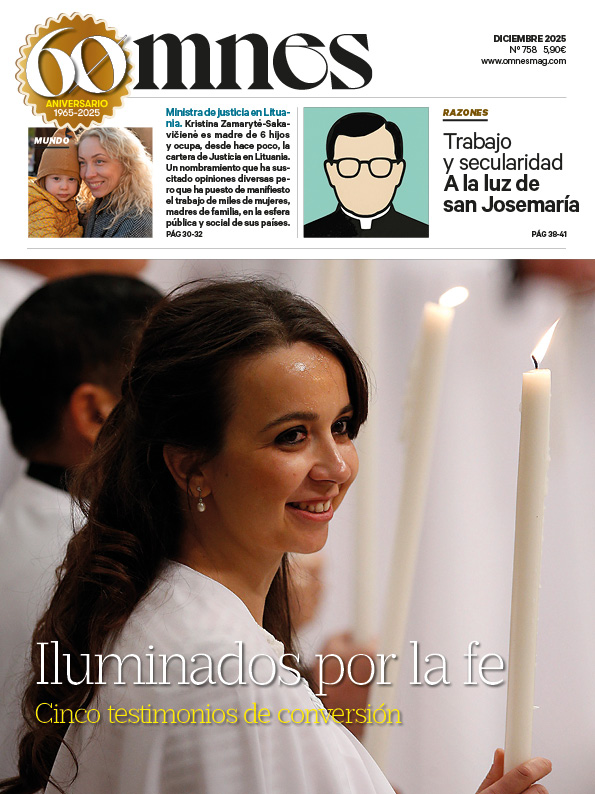To St. John Paul II we owe the comparison of the Church as a body living with two lungs: "We cannot breathe as Christians or, better, as Catholics, with only one lung; we must have two lungs, that is to say, the eastern and the western" (Address to non-Catholic Christian communitiesParis, May 31, 1980).
What are these two lungs with which the Church breathes? From the beginning of its preaching, the Catholic faith was incarnated in the cultures it reached: the Church experienced very early on what we now call inculturation of faith.
From the time of the Roman Empire, the cultural differences and the way of living Christianity in each environment crystallized in the rites. These were basically three in the western part of the Empire: the Roman or Latin rite; the Hispanic rite, currently called the Mozarabic rite; and the Ambrosian rite, which is currently lived in Milan.
And five in the eastern part of the Empire and nearby regions: the Alexandrian rite, in Egypt; the Byzantine rite, in the Greek area; the Antiochene rite, in SyriaThe Chaldean rite, in ancient Mesopotamia; and the Armenian rite.
Antiochians arrived in India
In the following centuries almost all of them spread to other countries as a result of the evangelizing impulse of the Christians of each country. The Antiochenes reached India, giving rise to the Syro-Malabar Church, which is currently in the news.
The rites are not only the various ways of celebrating the sacraments, but in each of them there is a way of relating to God, an experience of faith and particular customs and devotions. Recent pontifical documents praise the rich spiritual patrimony of each rite. Ecclesiastical hierarchies of their own have also emerged, especially in the Eastern rites.
Relationship between divisions and rites
Unfortunately, the divisions of the Church that began in Christian antiquity had a strong impact on the rites, especially in the Eastern rites, which, being very dependent on their own hierarchy, were more vulnerable to schisms. The separation of the Nestorians alienated the Chaldeans and that of the Monophysites alienated the Armenians and the Alexandrians.
At the turn of the first millennium, the Catholic Church was only Latin and Greek. And in 1054 this also came to an end with the Eastern Schism. Only the Maronite Church, of the Antiochian rite, which prides itself on being the only Eastern Church that has always been Catholic, remained in communion with the Successor of St. Peter.
The Council of Trent was attended only by Latin bishops, a rarity in the history of ecumenical councils, because the Maronite bishops, who were invited, could not attend because they lived in Muslim territory.
sui iuris or autonomous churches
But the Church never forgot that it has two lungs. Trent boosted relations with Eastern Christians, and as a result, several groups joined the Catholic Church. The first were a group of Ukrainian bishops, who signed the Union of Brest in 1595. This was followed by new agreements with other communities. These unions were not easy, because unfortunately from the Christian West there were many attempts to introduce Latin customs to those who had just returned to full communion with Rome. It is also true that after several centuries of separation, in many groups there were many adherents of non-Catholic doctrines.
There are currently 22 Eastern Churches united to Rome, called sui iuris or autonomous Churches. In addition to their own liturgical books, they have their own Code of Canon Law promulgated by St. John Paul II in 1990. Therefore, they have disciplinary norms different from the Latin ones: it is known, for example, that among the Eastern Catholics there are married priests.
In its hierarchical organization, the Synod of the ritual Church is important, and the highest authority is the Patriarch or Major Archbishop. According to the Pontifical Yearbook, they have about 18 million faithful. The countries with the highest number of Eastern Catholics are Ukraine and India, and the United States also stands out for its emigration.








